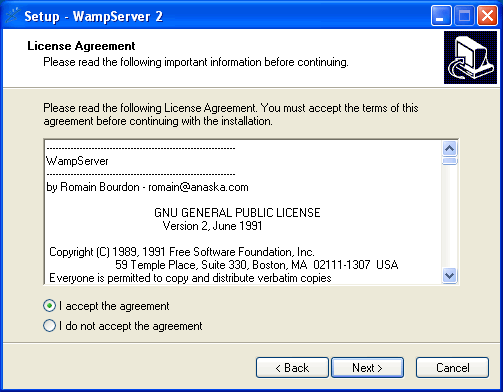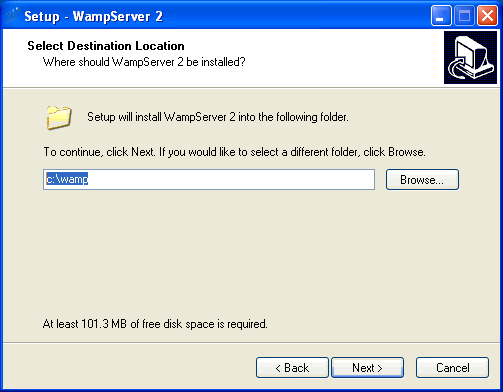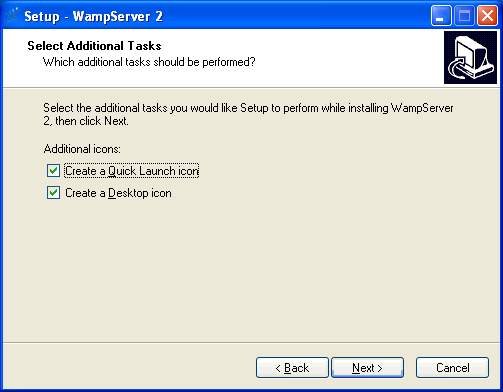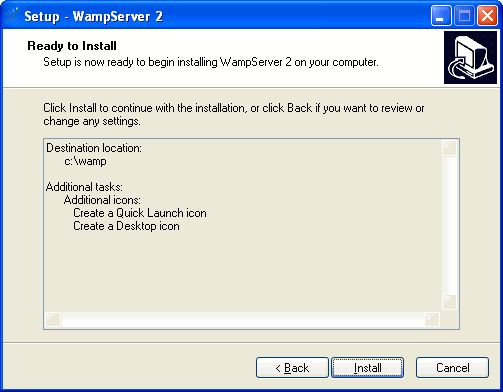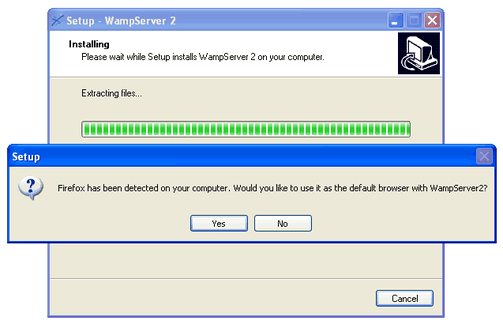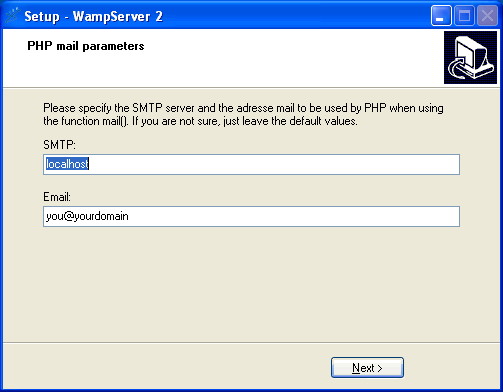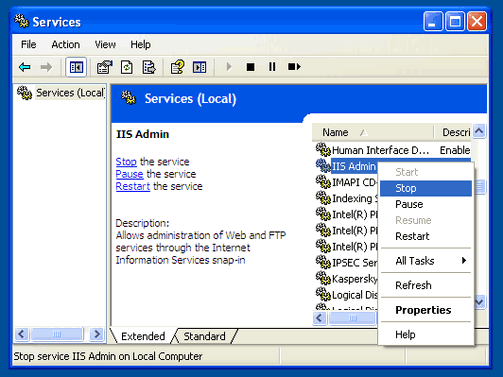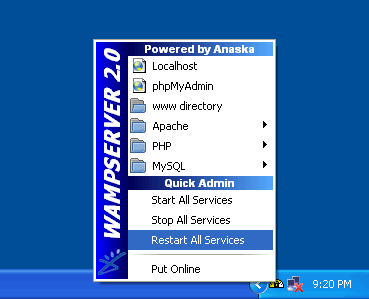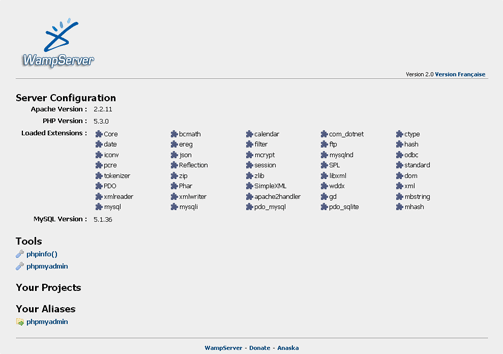PHP is a very simple language. If you are familiar with C++ or Java then it will be a plus point for you, but If you dont know then dont worry its not a hard thing to learn.
A PHP scripting block always starts with
<?php and ends with
?>. A PHP scripting block can be placed anywhere in the document.
On servers with shorthand support enabled you can start a scripting block with <? and end with ?>.
For maximum compatibility, I recommend that you use the standard form (<?php) rather than the shorthand form.
<?php
?>
A PHP file normally contains HTML tags, just like an HTML file, and some PHP scripting code.
Below, I have an example of a simple PHP script which sends the text "Hello World" to the browser:
Open Notepad and create a new file, here you will write your all PHP code.
| <html>
<body>
<?php
echo "Hello World";
?>
</body>
</html> | |
Each code line in PHP must end with a semicolon. The semicolon is a separator and is used to distinguish one set of instructions from another.
There are two basic statements to output text with PHP:
echo and
print. In the example above I have used the echo statement to output the text "Hello World".
Note: The file must have a .php extension. If the file has a .html extension, the PHP code will not be executed.
Execute your first PHP program
Now do some action, for executing your just written first PHP script, first save it in your WAMP directory and fallow the following path
"C:\wamp\www" in www folder create a new folder name it "php" or something else you like and save your PHP file here. Then run your PHP file in web browser (I will recommend Mozilla Firefox) by typing its address, like "http://www.localhost/php/your file name .php". You can see the output.
Tip: If you name your file "index.php" then server will take this file as default file and open it first among many files. For example if you name your file index.php then no need to type file name in the address bar only http://www.localhost/php/ will also work.
Comments in PHP
In PHP, we use // to make a single-line comment or /* and */ to make a large comment block.
<html>
<body>
<?php
//This is a comment
/*
This is
a comment
block
*/
?>
</body>
</html>

